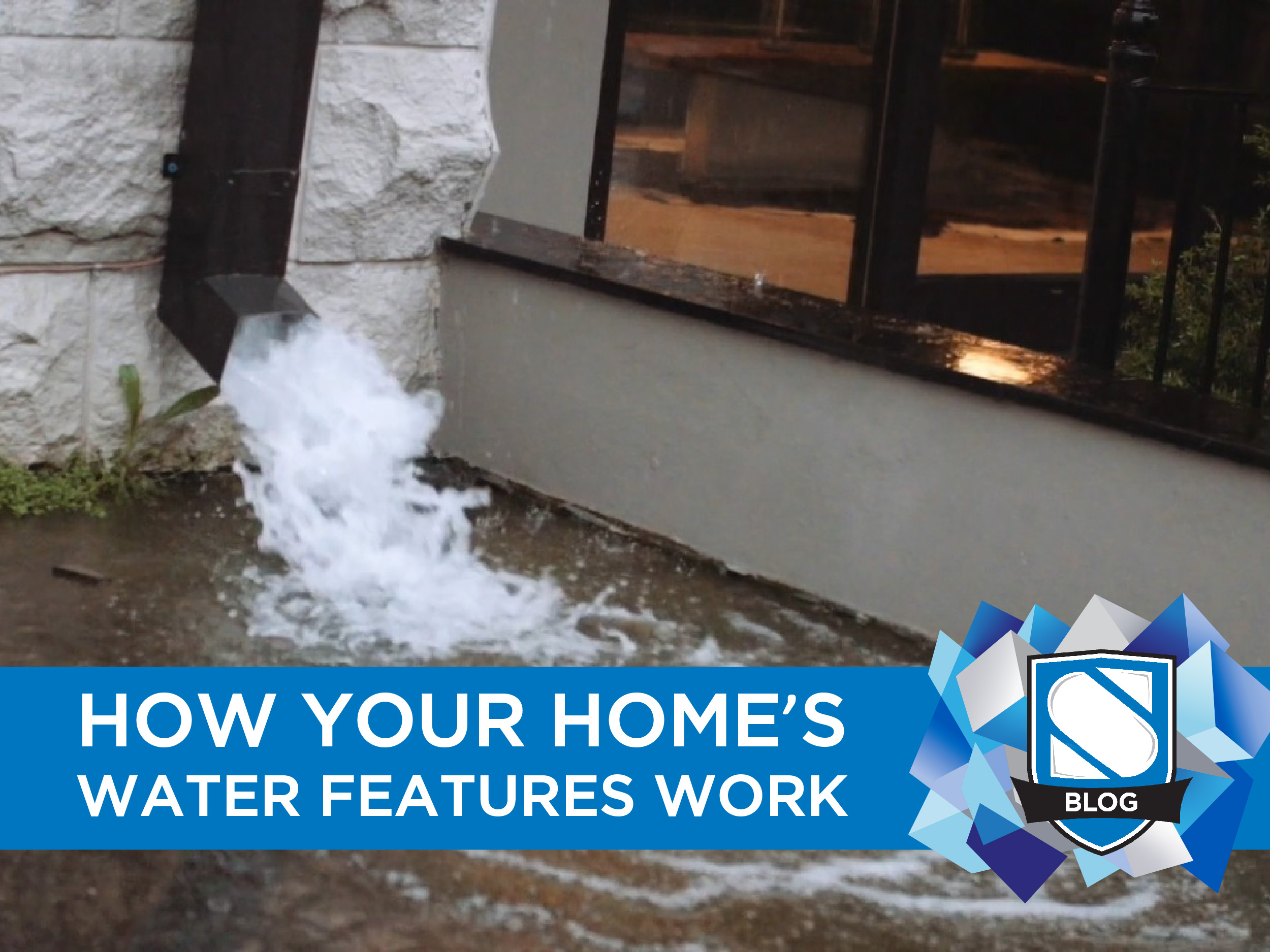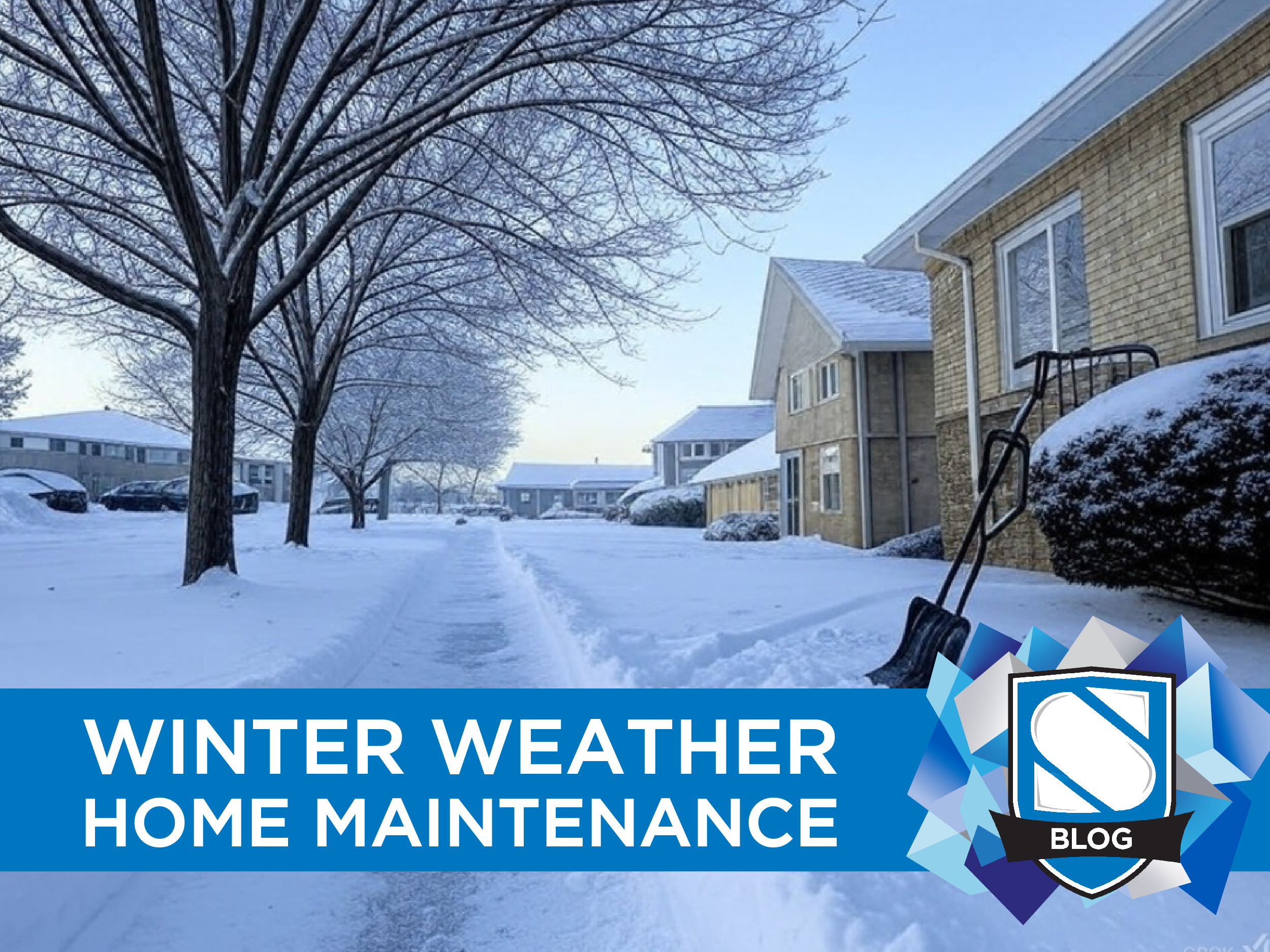For Canadians, “winter is coming” isn’t just a pop culture catchphrase but a reality we live with every single year. In fact, meteorologists are warning that after getting off with a fairly light winter last year, we can expect the upcoming winter season to be cold and nasty. That means snow, ice, and storms, all of which can wreak havoc on your home and pose a serious safety danger if they catch you unaware.
Fortunately, we also know how to handle the cold weather! The key to a safe winter season is a good preparation in the fall. By squaring away your home, stocking up the right supplies, and tuning up the family vehicle, you can be ready to face down the winter like a true Northman.
Preparing your home for an icy siege
Getting your home ready for winter doesn’t have to be a gargantuan task, but it does require diligence. The first thing you’ll want to do is change out last year’s furnace filter if you haven’t done so already. This will improve both the air quality in your home and the efficiency of your heating system.
While changing the filter, take a moment to inspect the furnace for any maintenance issues. Check for any leaks, that the thermostat is accurate, and the blower is unobstructed. Pay attention to any signs of fatigue such as discoloration or rust. This is also a great time to change out the batteries in your carbon monoxide detectors and make sure they’re working.
Once you’re done in the basement, it’s time to head up to the roof! Clean your eavestroughs of any loose debris and built-up gunk. Clogged eavestroughs can be a safety issue in the winter as snow accumulates on the roof, melts, and then floods over the sides (damaging your home and creating slipping hazards on the ground in the process).
While cleaning out the eavestroughs, take a look at the shingles on your roof and make sure they are in good condition. Look for any obvious signs of wear or gaps. Loose shingles can easily translate into costly leaks and water damage when the snow starts falling. Also, make sure any vents or chimneys are unobstructed and clear. You want any carbon monoxide produced by your furnace or fireplace free to flow OUT of your house, not trapped inside.
When it comes to checking the roof, make sure you are comfortable and safe on a ladder. If you have balance issues, a fear of heights, or any other health issues that may impede your ability to do the job safely, don’t get on a ladder. It’s better to hire a professional than to take any chances.
Lastly, you’ll want to inspect the weather stripping around your windows and any gaps or cracks in your walls. It might not seem like much, but even a small gap can cost you big time on your heating bill throughout the winter. A few dollars on weather stripping and caulking today can save you a few hundred over the coming months. You may even consider sealing your windows with insulation film to make sure you’re not losing any heat.
The goods for the season
Hit the hardware store early this year and make sure you have the winter supplies you’ll need on hand when the snow starts coming down, instead of scrambling to find them afterward. Make sure your shovels and ice scrappers are in good condition for the season. If they’ve seen better days (blunted edges, wonky handles, any kind of crack or bend), replace them now before you get stuck in your driveway later.
Embrace your inner hoarder and collect a good supply of candles, matches, flashlights, and batteries in case of any power outages. Stocking up your pantry with some non-perishable food, bottled water, and essential supplies is also a good idea – you never know when you might get snowed in. For the same reason, it’s essential to make sure you have a good supply of any medications your family regularly needs on hand. You don’t want to have to risk traveling during a dangerous snowstorm to get to the pharmacy.
Of course, you’ll also want to stock up on road salt and make sure to use it regularly when the snow begins to fall. Key locations include: your stoop, sidewalk, and any other well-traveled walkways on your property. Salting these pathways isn’t just for your personal safety – you can be held liable for any fall injuries that occur on your property if you haven’t made a reasonable attempt at making it safe. So keep your property shoveled and salted to prevent any of that nastiness. For more information from the City of Kitchener, see:
https://www.kitchener.ca/en/livinginkitchener/SidewalkClearing.asp.
Winterizing your car
Getting the car ready for winter can be expensive but is well worth the investment. You need your vehicle as safe and reliable as it can be during these treacherous months. There is nothing worse than being stuck in the middle of nowhere in the dead of winter.
First and most importantly, make sure you have a decent set of winter tires for the season. You might think you’re fine with All-Seasons, but they just don’t measure up to the grip, control, and reliability of proper winter tires. Don’t risk skidding into an intersection or slipping down a steep hill in a set of sub-standard wheels. In Ontario, insurance companies provide a discount for clients who have winter tires on their car, which can help offset the expense.
Perform your preventative maintenance early so you can be aware of any issues. Top up your fluids, change the oil, and make sure your windshield washer fluid is rated for sub-zero temperatures. If you can’t remember the last time you flushed the coolant in your radiator, this would be a good time to do that. It also doesn’t hurt to have a spare jug of washer fluid just in case.
For long distance commuters it’s important to be extra vigilant to regularly fuel up and keep your gas tank over half full. If you’re stuck on the highway due to a road closure or accident, you don’t want to run out of fuel idling. Of course, keeping a healthy amount in the tank is also just good policy in the winter even if you don’t commute.
Speaking of getting stuck on the road, a good roadside assistance program can be a lifesaver when the alternative is hiking through knee-high snow banks to the nearest garage. Whether you’re involved in something dramatic like skidding into a ditch and needing a tow, or just do something silly like lock your keys in the car, being able to easily call for help can mean the difference between a bad situation and a full out catastrophe.
Lastly, it’s time to make sure you have a properly stocked road safety kit. There are plenty of off-the-shelf options out there that include all the basics you’ll need, but it can also be fun to build your own. Make sure it includes: a blanket, non-perishable food items like energy bars or nuts, gloves, boots (especially if you typically wear heels or dress shoes to work), matches, a candle with a deep can, a small shovel, kitty litter or salt, and jumper cables. It might be a good idea to break the items into two kits, keeping the blanket, clothes, and food in an accessible place in the car where you can get to them when you need them, and the heavier snow removal and maintenance gear in the trunk. Waterproof containers are ideal for keeping your emergency kit dry.
Winter is coming, but this year you’re going to be ready! Be smart, plan ahead, and take some extra precautions now before the cold winds start blowing in.














0 Comments